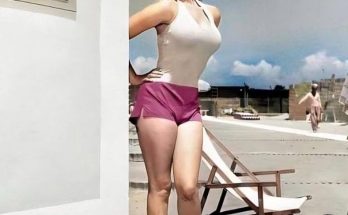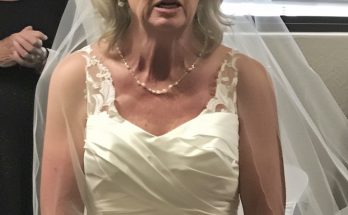The concept of beauty is undergoing a dramatic transformation, not just in America but across the globe. With the rise of social media, women have taken control of defining their own beauty standards. No longer reliant on advertisers or fashion icons to set the bar, they now celebrate natural beauty in all shapes, sizes, and forms—garnering tens of thousands of likes for embracing authenticity.
This shift in how beauty is perceived is more than just a trend. Data backs it up, proving that the average woman is evolving, not just in perception but in reality. A study published in the International Journal of Fashion Design, Technology, and Education revealed that the average American woman is no longer a size 14. But what does this mean for society and the fashion industry? Let’s explore.

A New Average: What the Data Shows
The study analyzed over 5,500 women across the United States and discovered that the average size of American women has grown significantly over the last two decades. At the turn of the millennium, the average waist size was 34.9 inches. Today, that number has increased by 2.6 inches to an average of 37.5 inches. These changes highlight not just physical shifts but also the diversity among women, with distinctions across race and ethnicity becoming more pronounced.
Susan Dunn, one of the lead researchers, emphasized the importance of this data. “Understanding where the average is can do wonders for women’s self-image,” she explained. Dunn also called on the fashion industry to address this reality: “These women aren’t going anywhere. They deserve clothing that fits—both in size and style.”
Fashion’s Struggle to Keep Up
Despite these changes, the fashion industry lags behind. Clothing for women in these sizes is often relegated to the back corners of stores or sold exclusively online. Why is that, especially when sizes 16 and 18 are now considered the average?
For decades, designers have catered to thin models, perpetuating the idea that smaller sizes are the standard. Many runway models have faced unhealthy pressures to fit into these narrow ideals. However, the typical American woman bears little resemblance to this outdated ideal. With the average shopper now seeking inclusivity, the industry must face a stark reality: it’s time for change.
Redefining “Regular” and “Plus-Size”
The study highlights the need for a complete overhaul of how the fashion industry approaches sizing. Instead of asking women to conform to unrealistic standards, brands should create clothing that reflects the reality of their customers. Designers must rethink the distinction between “regular” and “plus-size” clothing, acknowledging that what’s considered “average” has evolved.
Dunn and her colleague, Deborah Christel, both faculty members at Washington State University’s Apparel Merchandising, Design, and Textiles department, urged fashion brands to adjust their outdated standards. “The average woman today shops for sizes 16 and 18,” they pointed out. To remain relevant, the fashion industry must meet women where they are, rather than clinging to antiquated ideals. Brands that resist change risk being left behind as consumers demand more inclusive and realistic sizing.
Embracing the Future of Beauty
As society continues to celebrate beauty in all its forms, the fashion world must catch up. Women today want clothes that make them feel confident and represented, not excluded. The tide is already turning, with brands that prioritize inclusivity gaining traction in an industry long defined by exclusivity.
The message is clear: beauty is no longer a one-size-fits-all concept. By embracing this evolution, the fashion industry has the opportunity to stay relevant and thrive. After all, it’s not about dictating what beauty should look like—it’s about celebrating the diversity of what beauty already is.



